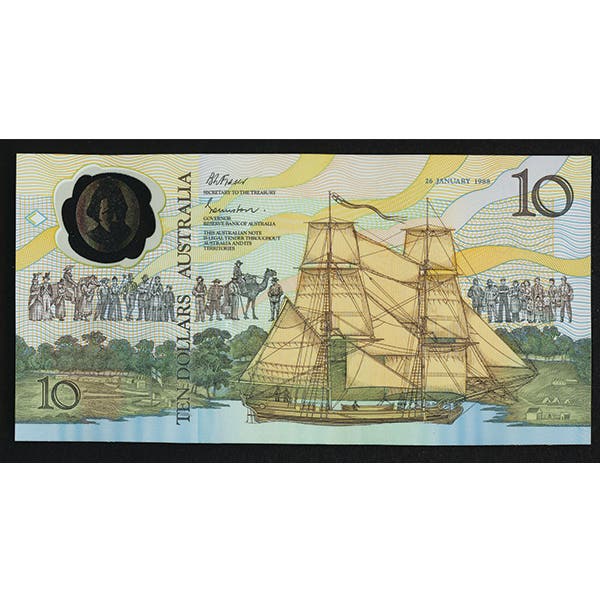Weak strike or worn die?
How can I tell if my Uncirculated coin lacks detail because of it being a weak strike rather than being made from a worn die? A weakly struck coin often…
How can I tell if my Uncirculated coin lacks detail because of it being a weak strike rather than being made from a worn die?
A weakly struck coin often displays a lack of detail in specific areas of the coin design, while a coin struck from a worn die typically shows mushy or fuzzy detail. A worn die may also begin to disintegrate, with raised lines appearing on the coin where the die has cracked.
Can you explain “album slide marks?”
Album slide marks and cabinet friction have one thing in common: the marks appearing on a coin occurred because of the method of storage rather than due to wear. In each case, friction is the culprit. Coins not fully secured in whatever is holding them are going to move. This in turn risks leaving marks on the coin.
Do you know or suspect some chemical explanations (reactions with certain elements like oxygen or compounds like water, temperature conditions, etc.) for toning silver coins gray, golden, and rainbow?
The purity of the metal and the environment in which it is kept will determine the colors to which the surfaces will “tone.” Silver is a grayish white metal, while silver oxide is black. This matters when anything silver begins to tarnish. Silver will tarnish more quickly when it is exposed to humidity and air pollution.
What about partial toning, where only a portion of the coin tones while the rest remains intact?
I would need to see your individual examples before giving a complete answer, however, in some circumstances, only a portion of the surface of a coin may have been exposed to the elements.
Has there ever been a U.S. coin on which an important part of what should have been included in the design element was omitted?
It can be argued what is a sufficiently important element of a design to be included on a coin and what isn’t. The space available on a coin can be challenging. The most glaring omission of which I am aware is the borders defining Delaware on the map on the reverse of the Washington-Carver half dollars of 1951 to 1954.
What can you tell me about a French silver 1918 2-franc coin on which one side has been smoothed and re-engraved as a U.S. soldier’s dog tag?
I wouldn’t say this was a common practice, but at that time coins were occasionally the host for dog tags. These tags have additional value if you can find military records on the individual whose name appears or if as with love tokens the artwork involved is particularly attractive. There is surprisingly little published on this subject.
E-mail inquiries only. Do not send letters in the mail. Send to Giedroyc@Bright.net. Because of space limitations, we are unable to publish all questions.
This article was originally printed in Numismatic News. >> Subscribe today.
If you like what you've read here, we invite you to visit our online bookstore to learn more about Standard Catalog of World Coins, 1601-1700.









